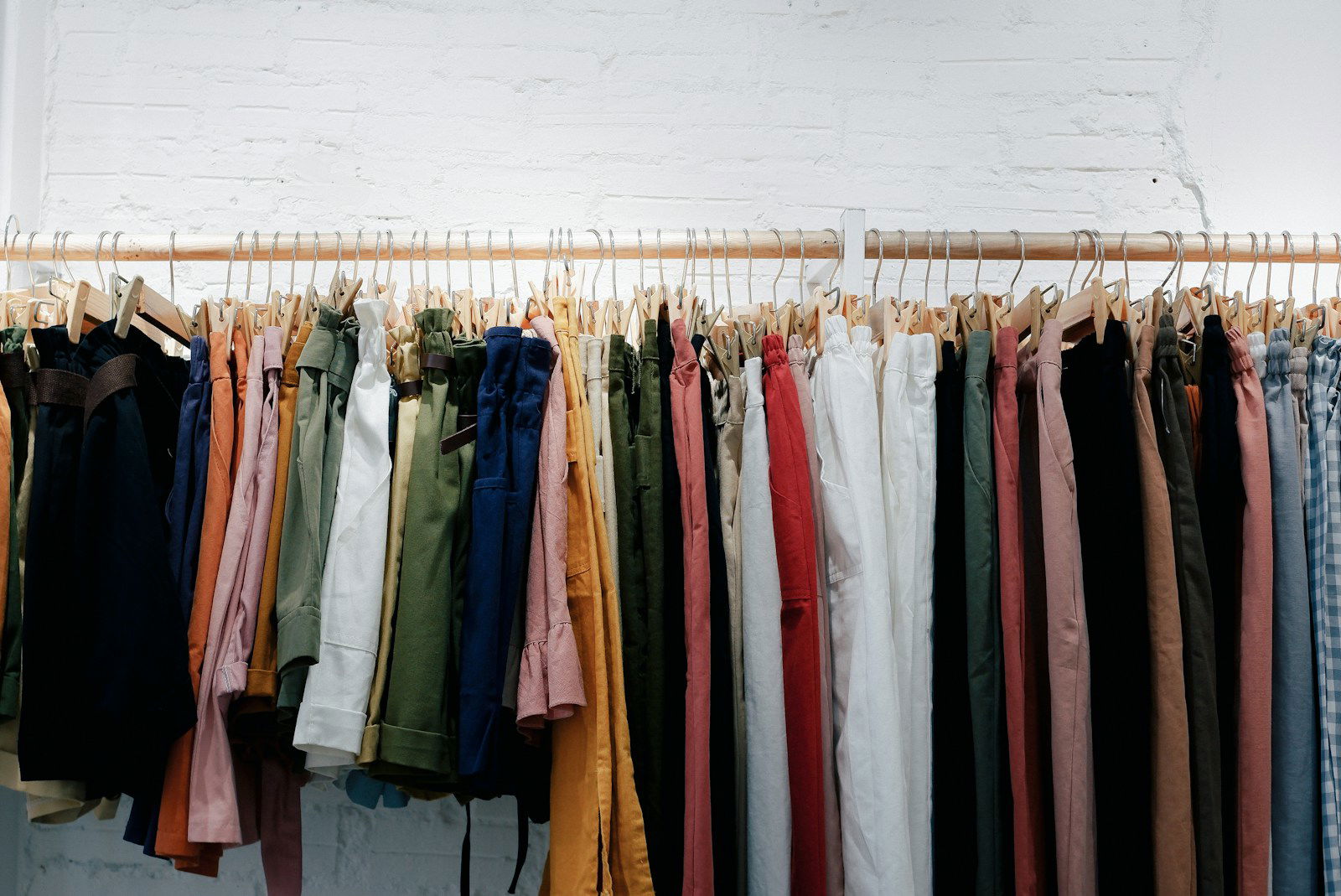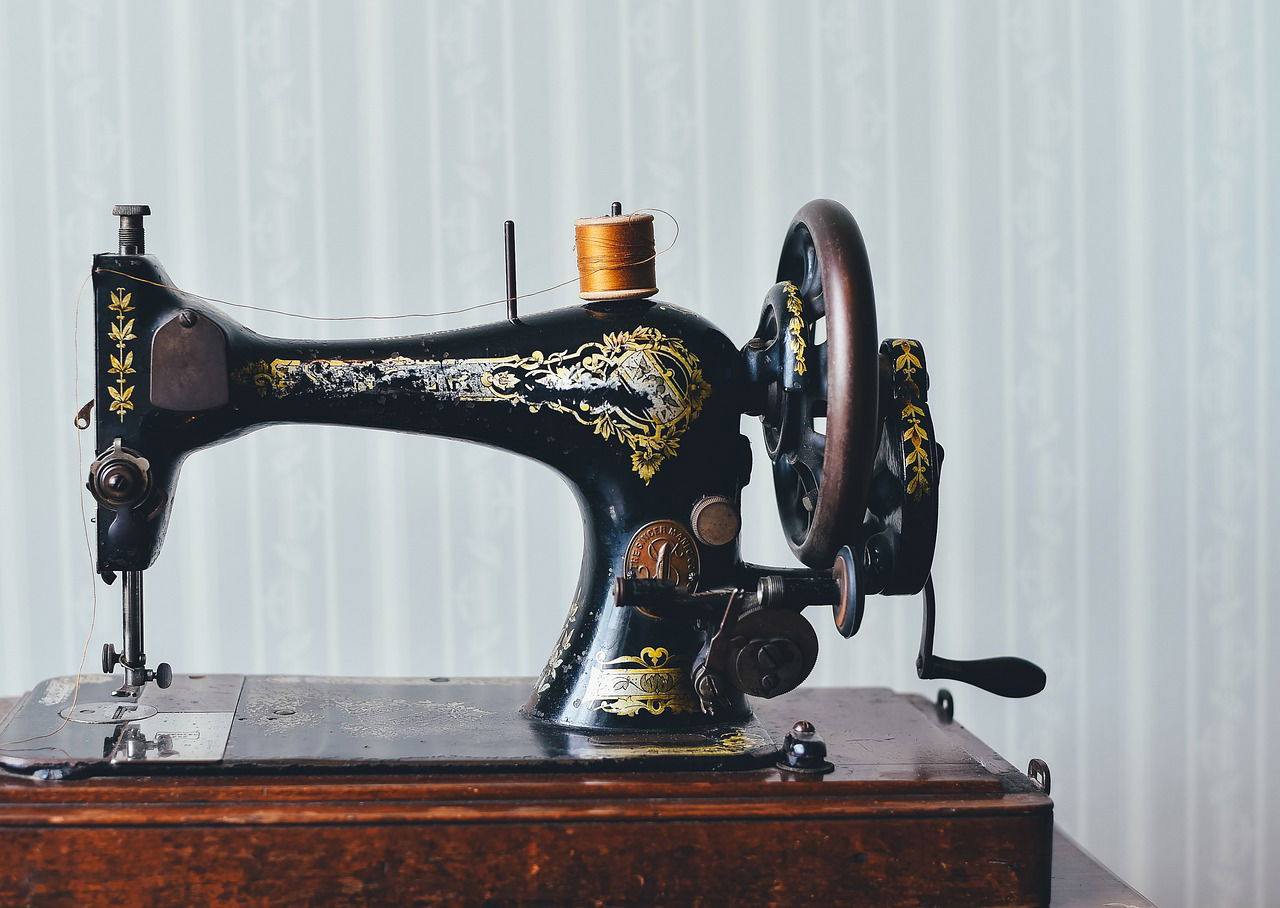Be honest, how much of your wardrobe do you regularly wear? Really, be honest.
It’s no groundbreaking conclusion that the ceaseless need to buy more, driven into all of us living under late-stage capitalism, is environmentally detrimental. Even more so when a large proportion of what we buy – face it – we don’t need and don’t really use. So to help save the planet (and save those dust-gathering, moth-eaten clothes at the back of your closet), we’ve composed a guide to maintaining a low-waste wardrobe.

1. Thrift away! …with consideration
If queers love one thing, it’s to thrift. Conscious of both the environmental and humanitarian impact of fast fashion, many people have sworn off mass-market retailers in place of the local charity shops and scrolling Vinted. Not just a statement of individuality and creativity, but a thrifted wardrobe is one of the easiest ways we can contribute to a lower-waste lifestyle.
However, the cheaper prices and persuasions of oh-but-this-is-so-unique-I-must-have-it can still lead us back into the hands of over-consumption again. In fact, our penchant for thrifting may have made us even more susceptible, hiding our overbuying under a green-washed guise.
Upgrade for ad free browsing.
I’m guilty of this myself. So to keep myself reflective when thrifting new items, I ask myself:
- As Marie Kondo would say, does it spark joy?
- Can I think of other items in my wardrobe I could pair it with?
- When and where could I wear it soon?
- Is it the right season, is it weather-appropriate?
- Do I already have something similar?
- Is it really my size?
2. You do not need a new outfit for every occasion
I don’t know who started this rumour, but they clearly don’t care about the planet. Of course, it’s understandable that for special events we want to wear our best. Yet, lo and behold, washing machines exist. Outsmart the advertising campaigns, and style fewer items into more looks. Or – and this is almost queer blasphemy for me to say – but don’t buy a brand new Halloween costume. We can still dress up of course, but use what you already have, borrow from friends, or rent an outfit!
Article continues below.
It’s easy to empathise with the tendency to want to update your wardrobe regularly. Perhaps you’re currently unsure of what your own style is, or you find that your tastes change quickly. Nevertheless, pay attention to what you are being influenced by. Do you really not like those trousers you swore you loved last month, or are they just not the newest micro-trend to have saturated TikTok? If you live to chase trends you’ll never stop buying, no commodity will ever be good enough and you’ll lose track of what it is that you actually like. Develop your own tastes, and listen to them.
3. Quality over quantity! Pay attention to your fabrics.
So if we’re building a capsule wardrobe, the most important consideration is buying clothes made to last. Aim to be more selective. This may mean that while you’re thrifting take a moment to look at the fabric breakdown on the label. Natural fibres like wool, cotton, linen and silk are generally more durable than synthetics like polyester, viscose, nylon and acrylic. These natural fabrics are eco-friendly in more ways than one, being biodegradable and renewable, and are also kinder to your skin, more breathable and insulating and, in my opinion, look so much better.

Searching for these materials might make your thrifting a little more time-consuming and perhaps more expensive. Yet, if you consider that a wool jumper could quite literally last you a lifetime, you save in the long run.
If thrifting is not for you, there are many more sustainable clothing retailers. Admittedly, these can be more pricey than the average high street shop, yet some are more affordable – try Damson Madder, Kotn, United Colours of Benetton, Nobody’s Child or This Is Unfolded.
4. Surprise, Grandma was right. If it’s broken, fix it!
Listen to your elders. At the risk of sounding like a wartime nostalgic hero, we have lost the art of make-do and mend. If we really want to reduce our waste, we need to pick up a needle and thread and learn to sew. There are many resources out there to help, much online, but also your local community centre or library may offer a course or the opportunity to rent sewing equipment. Take a look and spend a quarter of the price of a replacement on fixing a broken favourite.

Whilst you’re at it, maybe learn more textile skills like crochet, knitting or pattern-cutting, and make or up-cycle your clothes. It’s immensely gratifying, and also really cool, to be able to say: I made it myself.
The Bottom Line
Finally, I must clarify that this guide is not intended to shame anyone who still shops in fast fashion. It would be a grave mistake not to realise that some people’s financial abilities may limit them to the cheaper available options. Instead, these tips just aim to offer a step in the right direction for anyone looking to hone a more environmentally-conscious wardrobe.
Enjoy saving the planet,
Team Nonchalant x



